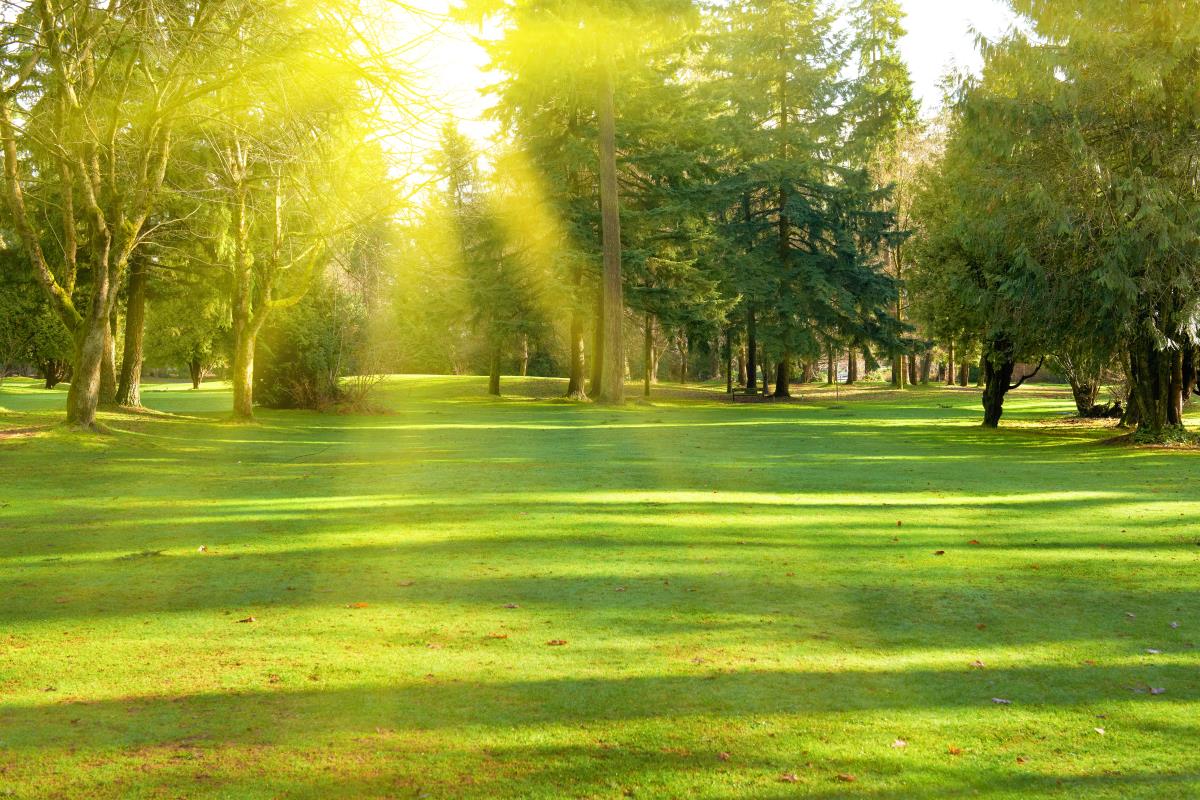Study finds green vegetation around your residence decreases risk of death from many common diseases
01/31/2018 / By Earl Garcia

A large-scale study published in the journal The Lancet Planetary Health revealed that living in areas with greater access to green spaces may help reduce the risk of dying from any causes and improve overall survival. A team of researchers pooled data from the 2001 Canadian Census Health and Environment Cohort (2001 CanCHEC) as part of the study. The study’s cohort population was composed of more than 1.2 million non-immigrant adults who lived in 30 Canadian urban cities.
The researchers also took note of the participants’ annual income tax filings through 2011 to determine the link between socioeconomic status and overall survival. The experts then measured a city’s greenness through images taken from the moderate-resolution imaging spectroradiometer from the National Aeronautics and Space Administration’s (NASA) Aqua satellite. Moreover, the researchers used Cox proportional hazards models to assess the correlation between residential greenness and the participants’ mortality risk.
The results showed that increased greenness within the participants’ residence was associated with an 8 percent to 12 percent decrease in mortality risk. Data from adjusted analyses also revealed that greater access to green spaces might reduce the risk of death from all causes including diabetes, cardiovascular disease, cerebrovascular conditions and respiratory disorders.
In addition, the findings demonstrated that the beneficial effects were more pronounced in men than in women. The study also showed that among participants with increased access to green spaces, those with higher income and more education had lower mortality risk compared with their counterparts who had lower income and less education. The results also demonstrated that patients with higher income and education continued to show lower mortality risk than their less affluent counterparts regardless of their similar access to health care and other social services.
100% organic essential oil sets now available for your home and personal care, including Rosemary, Oregano, Eucalyptus, Tea Tree, Clary Sage and more, all 100% organic and laboratory tested for safety. A multitude of uses, from stress reduction to topical first aid. See the complete listing here, and help support this news site.
The findings underscore the need for policies meant to develop greener and healthier cities, the researchers concluded.
“The fact that we found stronger associations with greenness within 500 m of participants’ homes suggests that metric possibly better reflects subjects’ typical activity spaces where essential exposures or interactions with natural environments might take place. Future studies could explore associations within different buffer sizes with the purpose of identifying relevant exposure areas for different health benefits, along with exploring different exposure time-windows and lag periods,” they wrote in their study.
Access to green vegetation may improve overall health, study shows
Another Canadian study published in 2015 revealed that increased density of green vegetation in a city might provide beneficial effects on the resident’s overall health. The research was based on the Ontario Health Study with a total cohort population of nearly 700 participants. The scientists also obtained information from the Street Tree General Data to determine how higher tree density affected the volunteers’ wellness. (Related: Living in the country found to reduce the risk of death by 16% compared to city life.)
The results showed that a higher density of trees in a city block resulted in improved health perception among participants. This effect was comparable to perceiving certain positive situations such as an increase in annual personal income of $10,000, moving to an area with $10,000 higher median income or being seven years younger. The researchers also observed that having 11 more trees in a neighborhood resulted in reduced cardio-metabolic conditions. This was comparable to a rise in annual personal income of $20,000 and moving to a more affluent area with $20,000 higher median income or being 1.4 years younger.
“In conclusion, both the regression and the canonical correlation analyses suggest that higher tree density on the streets, in a given dissemination area, correlates with better health perception and fewer cardio-metabolic conditions for people living in that dissemination area,” the researchers said.
The findings appeared in the journal Scientific Reports.
Visit Science.news for more stories on the science of healing.
Sources include:
Tagged Under: death risk, Ecology, environ, environment, green city, green living, green space, green spaces, healing, mortality, natural health, prevention, research, survival




















